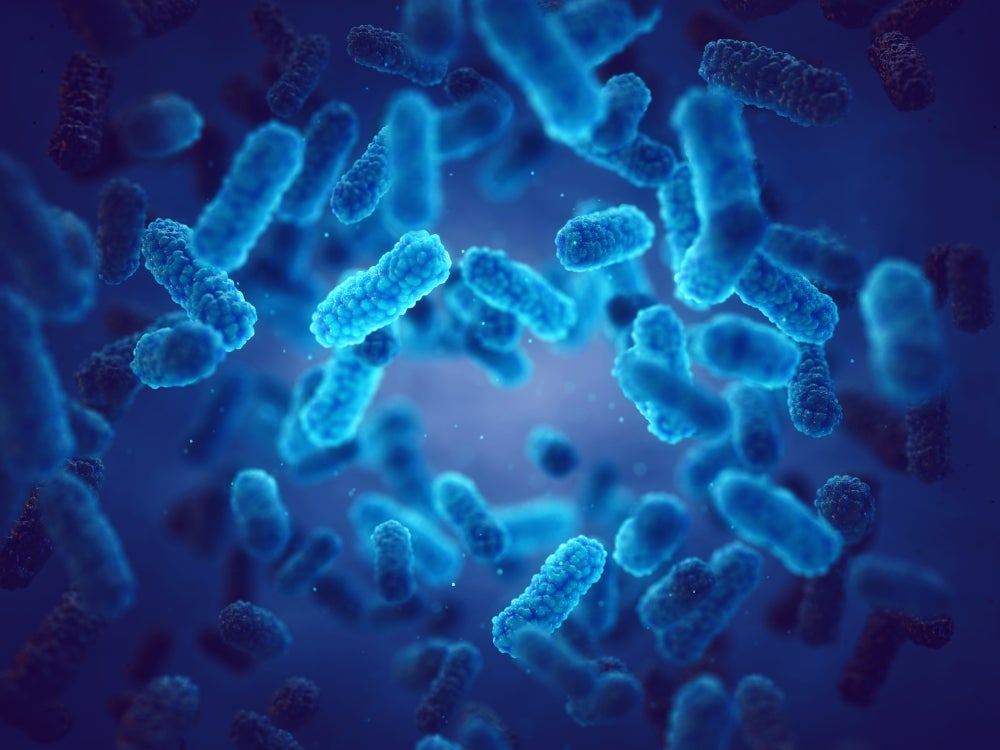
An AI platform called Herman can analyse pathogens infecting our cells using the same algorithms as autonomous cars and can achieve the same level of accuracy as a trained biologist.
Herman, or more formally HRMAn, which stands for Host Response to Microbe Analysis, uses deep neural networks to analyse complex patterns in images of pathogen and human host cell interactions.
Artur Yakimovich, a research associate at the Medical Research Council Laboratory for Molecular Cell Biology at University College London, explained that earlier attempts to automate host-pathogen image analysis had failed to capture the same level of detail.
“Using the same sorts of algorithms that run self-driving cars, we’ve created a platform that boosts the precision of high volume biological data analysis, which has revolutionised what we can do in the lab,” he said.
“AI algorithms come in handy when the platform evaluates the image-based data in a way a trained specialist would.”
Eva Frickel, group leader at the Francis Crick Institute, added: “What used to be a manual, time-consuming task for biologists now takes us a matter of minutes on a computer, enabling us to learn more about infectious pathogens and how our bodies respond to them, more quickly and more precisely.”
How well do you really know your competitors?
Access the most comprehensive Company Profiles on the market, powered by GlobalData. Save hours of research. Gain competitive edge.

Thank you!
Your download email will arrive shortly
Not ready to buy yet? Download a free sample
We are confident about the unique quality of our Company Profiles. However, we want you to make the most beneficial decision for your business, so we offer a free sample that you can download by submitting the below form
By GlobalDataDaniel Fisch, Crick PhD student, commented that the platform can analyse any fluorescence image, which makes it useful for other areas of biology as well, such as cancer research.
Testing Herman on parasites
Researchers at the Crick’s High Throughput Screening facility tested Herman by its analysis of the body’s response to Toxoplasma gondii, a parasite carried by a third of the world’s population and passed on from the faeces of cats or infected meat.
The UK National Health Service said Toxoplasma is usually harmless but can sometimes cause serious problems in the host by creating flu-like symptoms.
The team collected over 30,000 microscopic images of five different types of Toxoplasma-infected cells for Herman to analyse.
The AI detected over 175,000 pathogen-containing cellular compartments and even gave detailed information on the number of parasites per cell, their location and the number of cell proteins that had interacted with the parasites.
Herman also analysed Salmonella enterica, which is a bacterial pathogen 16 times smaller than Toxoplasma.
AI changing the face of healthcare
AI is also a game-changer in synthetic biology, where it can automatically design new DNA sequences with specific qualities.
The aim of bringing AI into synthetic biology, combining biology, chemistry, computer science and engineering, is to redesign and create biological components that do not exist in the natural world.
The number of healthcare companies using AI increased from 20 in 2012 to 100 within five years, according to GlobalData Healthcare.
Accenture research said there will be an additional 40% growth on top of this, with the market reaching $6.6bn by 2021.



